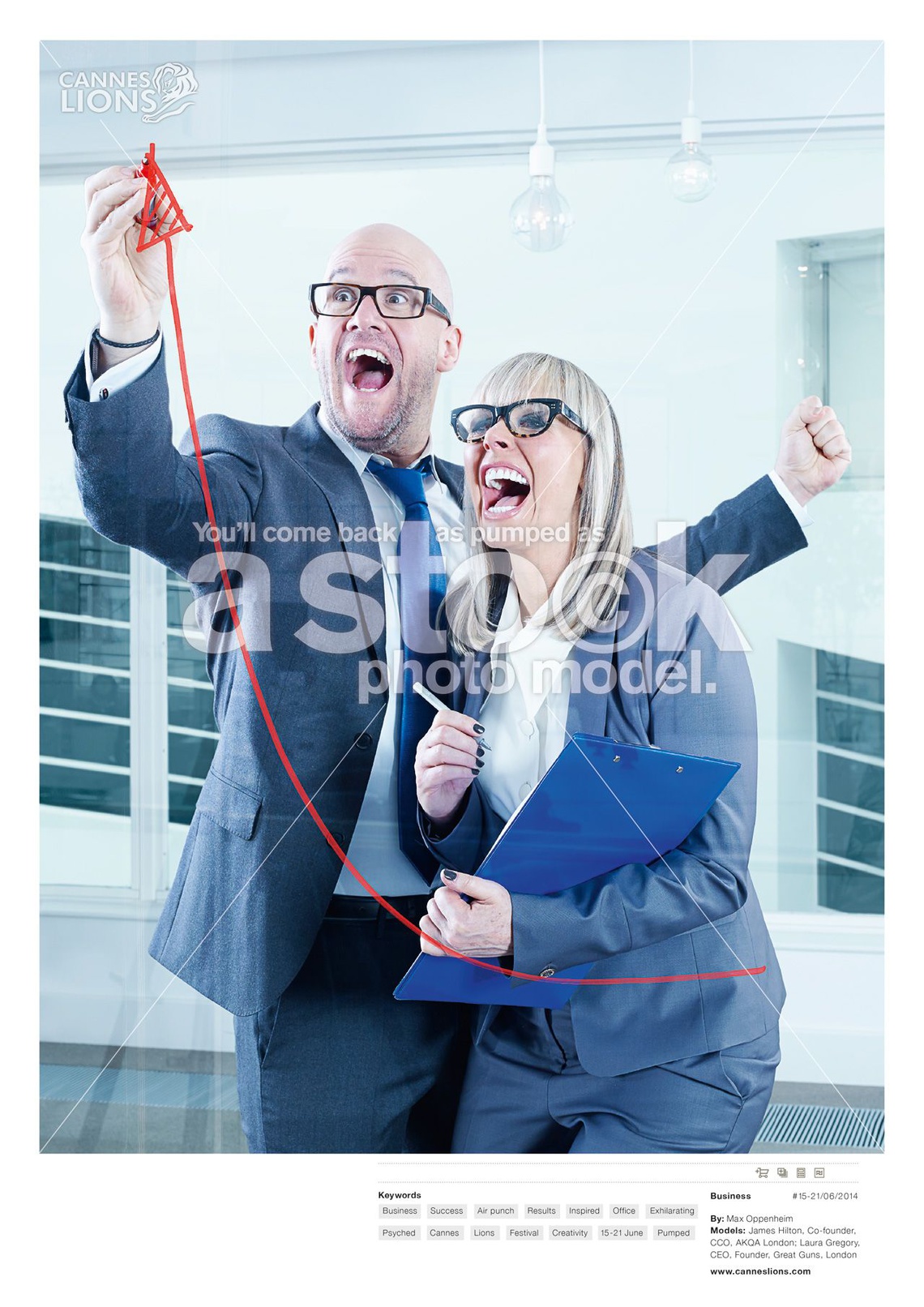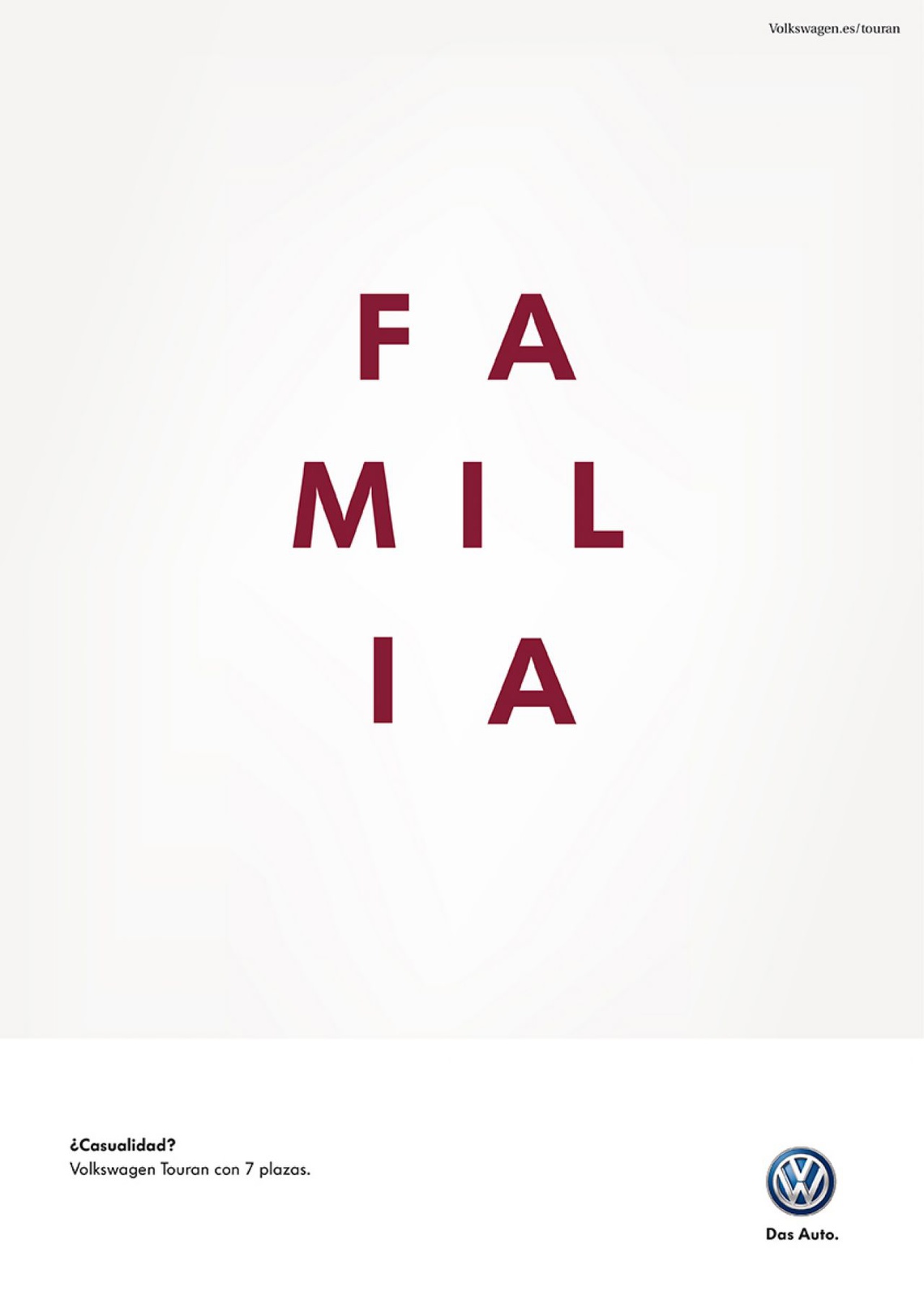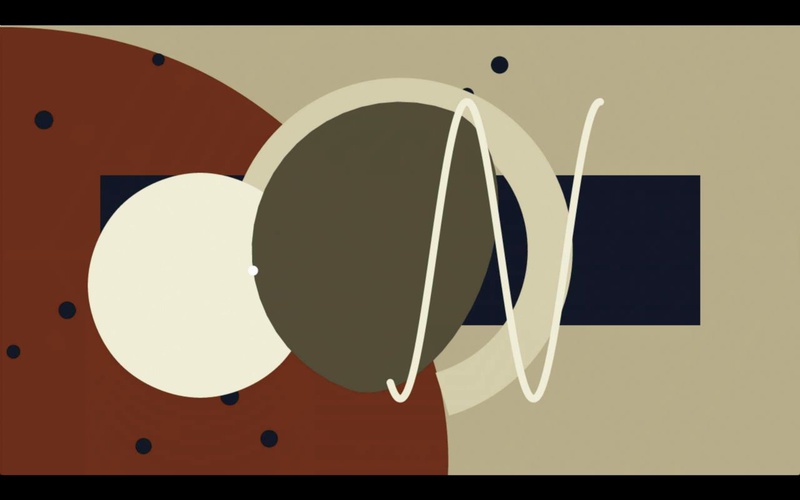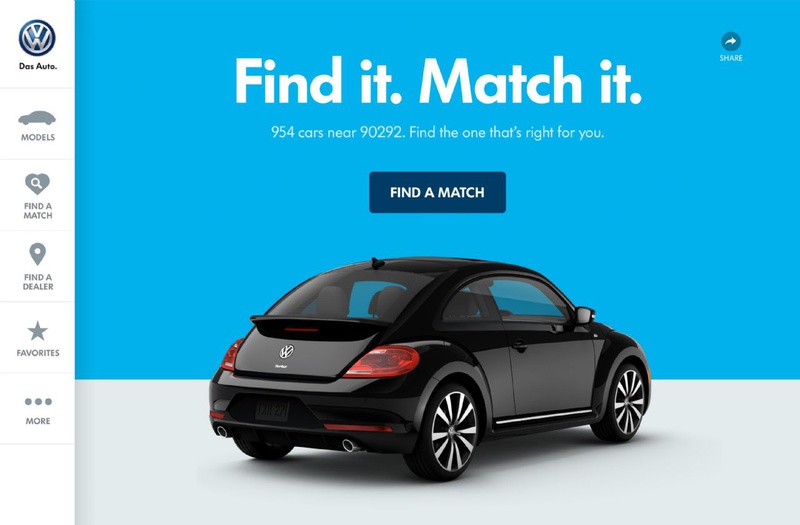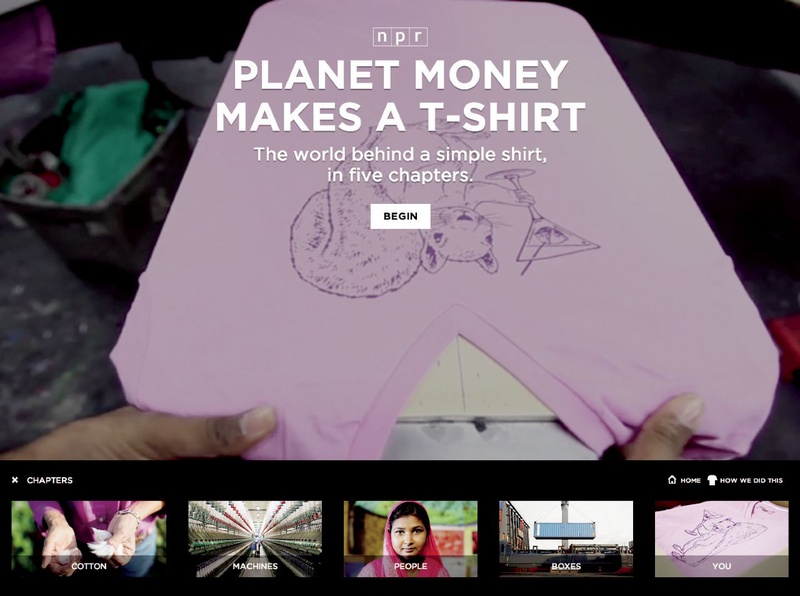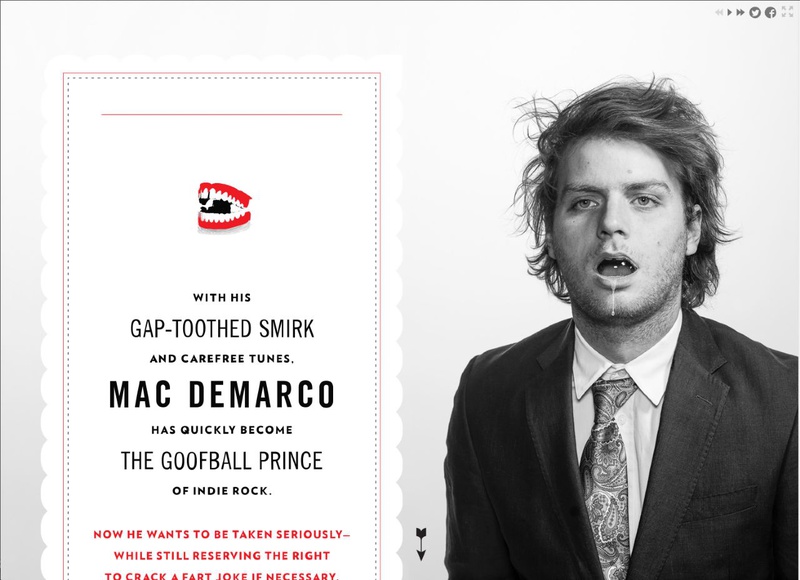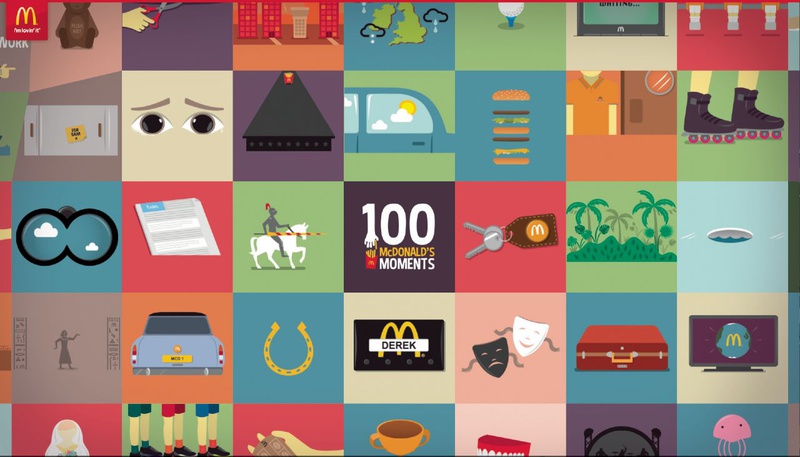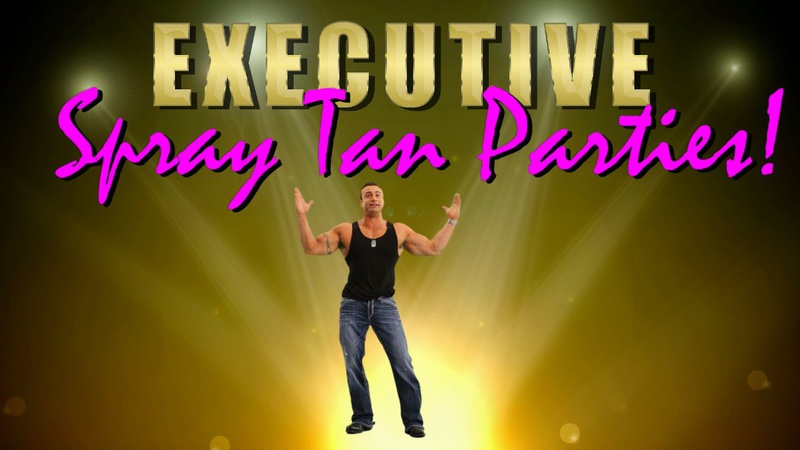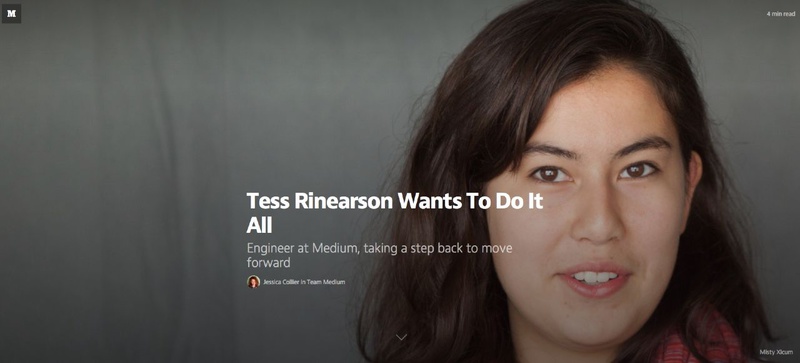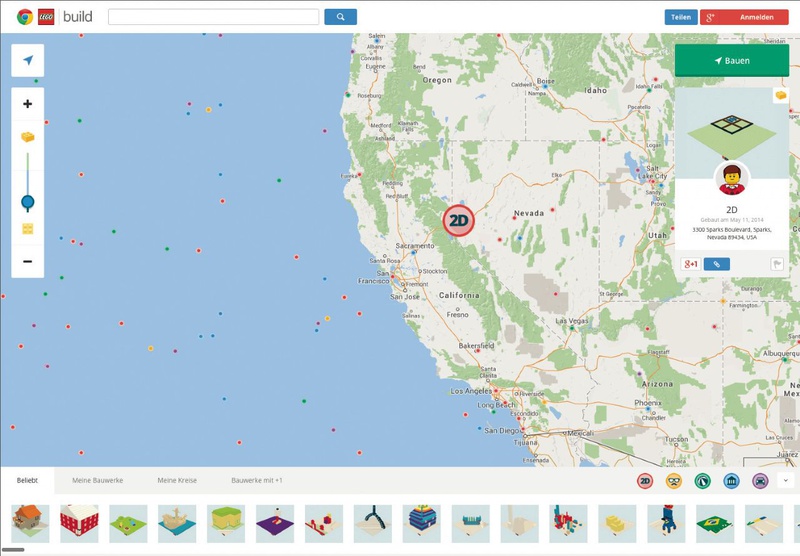With the continuing rise in social media, the public will ultimately dictate our fate.We put the selection of outstanding digital work for this issue of Lürzer’s Archive into the capable hands of Steve Vranakis, Executive Creative Director, Creative Lab, Google. Before joining Google two years ago, Vranakis had worked as CD at VCCP for eight years, overseeing award-winning campaigns for O2, Coca-Cola, and comparethemarket.com. In the interview that follows, Steve chats to Michael Weinzettl about advertising, technology, empathy, and empowerment.
L.A.: Hi Steve, how would you describe your job as Executive Creative Director at Creative Lab, Google? Where are you based?
Steve Vranakis: At the Creative Lab. One of the things we try to do is “remind the world what they love about Google.” We do this by doing interesting things with technology across our products and platforms in hopes that it will inspire the creative community. We are based in the Renzo Piano building at Central St. Giles in Covent Garden but we also have outposts in New York and San Francisco.
L.A.: How long have you been with Google now? How did that position come about?
Steve Vranakis: I’ve been at Google for almost two years now and, without sounding clichéd, it feels like I’ve just started. Every day brings something completely new. I was looking for another “big thing” after completing my earnout at my previous agency and the timing was perfect. When I met with the guys in New York, and after hearing them talk about the ambitions of the Lab, I immediately knew I wanted to work with them.
L.A.: When did you first get involved in the digital field? Did you get into it via “traditional” advertising?
Steve Vranakis: I got involved in digital in 1993 when, as a young graphic designer in Vancouver, I was asked to help launch one of Canada’s first-ever ISPs. I didn’t even really know what the internet was back then but, after eventually getting online via a floppy disk cover mounted to an O’Reilly textbook, I knew that my life had changed forever. I eventually went on to work at numerous digital and “traditional” agencies, where I made many television commercials along with print, outdoor, websites, apps, etc. A bit of everything, really.
L.A.: You were one also of the original partners and Creative Director at VCCP Lon-don. Does this mean that you were, among
other things, also the father of the famous “Meerkat”?
Steve Vranakis: Yes, I guess it is one of the most recent and high-profile campaigns I worked on when viewed right across the board. It featured a certain meerkat who, frustratingly, tries to clarify the difference between his website and a mispronounced competitor. This resulted in a fully integrated campaign that also included the publishing of a book, a number 1 app, and a fluffy toy! I was very fortunate to have been involved with an incredibly talented team of individuals on the comparethemarket campaign. The original team probably consisted of a half dozen of us, and was a lot of fun to work on. I still remember when my partner and I at the time presented the idea to the client for the first time! And, yes, I was indeed the fifth partner to be brought on after V.C.C. and P. Adding another V to the acronym would probably have been one step too far, so I remained the silent V during my tenure. Although ... when trying to impress, I often claimed to be the V in VCCP, something that Charles Vallance probably had no idea about until now.
L.A.: What is your take on the “future of print”?
Steve Vranakis: Having started my career as a graphic designer (on Aldus FreeHand and PageMaker!), I absolutely love print. I love its immediacy and how you can create iconic imagery that tells a story asking very little in terms of involvement from a user. For every single platform we create in the Lab, we always start with the poster and the idea in a single line. This is still a great discipline to interrogate how simple an idea is. If people don’t understand it at first glance, it’s probably too complicated. I believe that print can live alongside digital in a complementary fashion and that no one medium needs to be exclusive, nor at the expense of another. They’re all toys to help us tell stories.
L.A.: What was your training like before you got your first job? Was that in your native Vancouver?
Steve Vranakis: I studied graphic design as well as taking courses in film and what they called “multi-media” back in the day (Macromedia Director, Adobe Premier, etc.). I also did internships in service bureaus and studios where I learned all about pre-press and print production, PMT camera work, film separations, early typesetting … all things that had a serious influence on the work I do today. Like many people, I got into advertising accidentally.
L.A.: A business you’ve now been in for almost 20 years. What, would you say, have been the most important changes in advertising’s attitude to digital? Do you think that the ad industry has, in the meantime, successfully adapted to the importance of digital and social media?
Steve Vranakis: It took a while but I feel that digital has finally been embraced wholeheartedly by the industry. It has also moved from being “that thing you could do with a traditional campaign,” usually positioned at the back of the deck, to one of many ways to use creativity to bring communications to life. When I first started out, we were still very much in a “broadcasting” frame of mind. As brands, we told people what to drink and buy, and why we believed that they should do so. We’ve now realized that, with the continuing rise in social media, it doesn’t really matter what we say as the public will ultimately dictate our fate. There’s been a huge shift in power, which has in turn gone on to influence what we say and how we say it. The best brands realized this shift a while back and changed their approach to advertising from one of “telling” to “showing,” and building a connection with users through shared values and beliefs.
L.A.: Some agencies still prefer to go outside their own four walls for digital; others try to integrate a digital department in their agency. Each option comes with its own set of challenges, doesn’t it? How was this handled in places like WCRS Arnold Worldwide, London, DDB, Vancouver, or FCB, San Francisco, where you’ve also worked?
Steve Vranakis: I think that agencies need to do what’s right for them when thinking about their digital offering, as there really is no right answer to how to do this. At WCRS, we set up e-brands in the late 90s, which rode the first wave of dotcoms and start-ups and made sense for us to keep in-house. At DDB in Vancouver, the idea was to have a strong in-house digital offering to try to “infect” the rest of the agency’s thinking. In the early days of VCCP, we used many different digital partners before we could scale and justify bringing the expertise in-house. At the Lab, we have a small core team representing the different disciplines (designers, developers, art directors, film-makers, coders), and generally partner with external agencies like BReel, Tool, and Rumpus Room. Collaboration is really key to the success of our business and there’s really no place for being precious.
L.A.: Was VCCP founded as an integrated agency? And, if not, what kind of thinking stood behind what was obviously an extremely successful transition?
Steve Vranakis: VCCP was very much founded as a truly integrated agency. We could genuinely make this claim as two of the four founding partners came from sales and promotional agencies, whilst the other two came from advertising agencies and me from the world of digital. As we had no real bias towards one medium over another, we could just focus on creating interesting ideas and properties that could really end up anywhere. This seems quite obvious and a given by today’s standards but, when we launched in 2001, the advertising world was still quite siloed.
L.A.: What are some of the projects you’re most proud of?
Steve Vranakis: I feel like the work that I’ve been doing at the Creative Lab in the last few years is the work I’m most proud of. I been able to take everything I’ve learned about brands, design and creativity, and combine it with technology to create platforms that begin to show empathy into people’s lives, this whole notion of “tech for good.” I believe that advertising is full of some of the world’s best and brightest storytellers, so when you combine this with all the incredible things that technology allows you to do, you effectively “give the storytellers super powers.” The Web Lab exhibition we did for Chrome at the Science Museum was probably one of the most complicated builds I’ve ever been involved with but it taught me a lot about how to integrate ideas across the worlds of digital and physical objects, and how to work alongside extremely specialized partners. We created a series of physical installations, which had to be as accessible online as they were in the museum, and this was no easy feat. I’m also really proud of projects like Google Science Fair, as well as one of the first projects I worked on when I joined Google, Space Lab. With both projects, our role was to create these places for youth to go to worldwide in or-der to put forward their world-changing ideas. I love the idea of using our creativity in order to bring out the best in others, the notion that, if we create an environment that allows others to put their ideas forward we might, just maybe, go on to in-spire the next generation of inventors and explorers. Jam with Chrome was another big one for me. We designed a music platform that allowed for up to four people to play music live with their friends all from inside the Chrome browser. This is pretty crazy if you think about it. When I first started out, you needed plug-ins, extensions and native software to do this sort of thing and now, with things like HTML 5, web audio and web sockets, it can all be done within Chrome. One of the biggest challenges we faced was latency. As this was a global platform, we needed to ensure that everyone in their respective Jams had comparable experiences and were synced up in order to jam harmoniously. We had to determine different broadband speeds around the globe in order to ensure this, with the latency running in the milliseconds! Another interesting project that we recently launched was Super Sync Sports, where you could sync your mobile to your computer, turning it into a games controller. You could play three different sports (running, cycling, swimming) and use the touchscreen on your mobile to move different characters on your computer screen. The idea was to show the syncing capabilities of Chrome across devices now that it’s also available on mobile. Rami Niemi created a beautiful world of characters that we also animated for a launch film on YouTube using Nomint.
L.A.: What would you say are some of your guiding principles in the way you approach work for any client? What are some of the things you always wish to achieve with your work, irrespective of the specific challenges to be taken on?
Steve Vranakis: We have similar principles to some of the other creative agen-cies out there. These are meant to be more “guiding” than set in stone. First off, we believe that you need to know the user, know the magic, and connect the two. Build products that solve user problems and serve the user. Make the technology personal, show people how it connects to their lives, and what matters to them, day in and day out. Failure is also something most innovation labs have a healthy disregard for. Never “fail to fail”: taking risks and saying yes more often than no is something we pride ourselves on. Launch early and iterate. This is something that we stole from the engineers. Many of our products launch in beta and stay that way for years. Allowing the users to be part of the process is extremely important. All too often, we feel the need to polish something to death and deliver a finished article that allows for no feedback. The world has changed, and allowing people to help develop products, feedback on usability etc., is an incredibly important part of our process. We launched Web Lab in beta and, besides people being more forgiving when certain experiments were still being ironed out, it also allowed us to collect over 800 bits of feedback, most of which we implemented. Lastly, we always try to “make it matter.” Everything we produce, we ask ourselves if it’s making a positive contribution back to society, or just yet another bit of stuff going out there amongst the millions of other things out there already. Has it taught someone something, entertained them, and empowered them? Have we used technology as a force for good?
L.A.: How do you get your inspiration? What do you need to feed your creativity?
Steve Vranakis: I’ve got two kids, aged five and two. They are like batteries for my brain. I get to do all those cool things that I did when I was their age but now in my forties. What else can you ask for? I also believe in this ongoing tension that creative people need to continue to push themselves. I was incredibly happy at VCCP but felt the urge to “restart.” I also left the comfort of my hometown in Vancouver, transported myself to England, married a Greek woman, and moved to Brighton. All things that continue to create random and serendipitous experiences.
L.A.: You were the Digital Crafts foreman for the 2004 D&AD Awards as well as a judge on their 2010 integrated awards. You’ve been judging digital work at a wide variety of international award shows for quite some time. What have been some of the more striking developments or improvements in judging digital work over all the years you’ve been doing this?
Steve Vranakis: Digital work has always been very difficult to judge in award shows. I feel that the best sites are often experienced one-on-one. So a claustrophobic room full of international judges sometimes doesn’t make the most ideal environment to really immerse yourself in a website. I judged the student awards for D&AD recently and the judging control panel was fantastic. It allowed you to experience the work at your own pace and was very easy to understand and navigate.
L.A.: Can you tell us a bit about the criteria you used when selecting the digital work we’re featuring in this issue of our magazine?
Steve Vranakis: The criteria I used to judge the work in this issue are the criteria I would use to evaluate any create ideas. Was the work original and surprising? Did it serve a purpose, or was it just gratuitous use of technology? Was it beautiful and did it have a design aesthetic? Lastly, did I connect? Did it leave me cold or asking for more? The emotional connection is arguably the most important thing I look for, especially with digital ideas. Aaron Koblin’s (from our Data Arts team in San Francisco) Wilderness Downtown for Arcade Fire was a massive breakthrough. When I first saw it, I was judging D&AD and it left me completely in awe. I not only wanted to make stuff like this but work with the people who do. I’m now in the fortunate position to be working alongside these guys and trying to make a bit of a dent in the universe.



